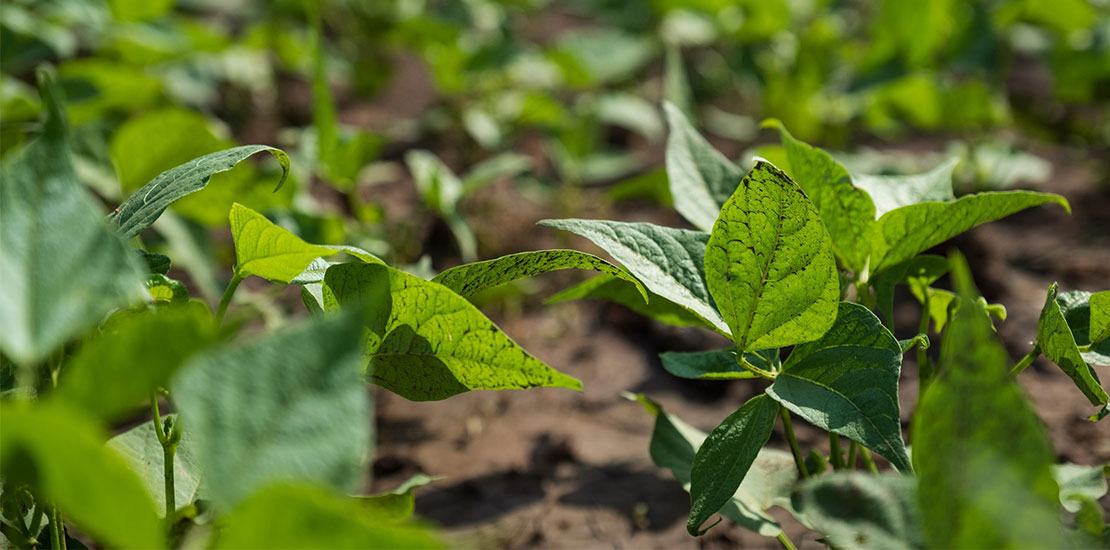Update on EU MRL changes
- 19/01/2022
- Posted by: Gaetan Dermien
- Category: Afghanistan, Albania, Algeria, Andorra, Angola, Anguilla, Antigua and Barbuda, Argentina, Armenia, Aruba, Australia, Austria, Azerbaijan, Bahamas, Bangladesh, Barbados, Belarus, Belgium, Belize, Benin, Bermuda, Bhutan, Bolivia, Bosnia and Herzegovina, Botswana, Brazil, Bulgaria, Burkina Faso, Burundi, Cambodia, Cameroon, Canada, Cape Verde, Central African Republic, Chad, Chile, China, Colombia, Comoros, Cook Islands, Costa Rica, Côte d'Ivoire, Croatia, Cuba, Cyprus, Czech Republic, Democratic Republic Of The Congo, Denmark, Djibouti, Dominica, Dominican Republic, Ecuador, Egypt, El Salvador, Equatorial Guinea, Eritrea, Estonia, Eswatini, Ethiopia, Faroe Islands, Federated States of Micronesia, Fiji, Finland, France, French Guiana, French Polynesia, Gabon, Gambia, Georgia, Germany, Ghana, Greece, Greenland, Grenada, Guadeloupe, Guam, Guatemala, Guinea, Guinea-Bissau, Guyana, Haiti, Headline, Honduras, Hong Kong, Hungary, Iceland, India, Indonesia, Iran, Iraq, Ireland, Israel, Italy, Jamaica, Japan, Jordan, Kazakhstan, Kenya, Kiribati, Kuwait, Kyrgyzstan, Latvia, Lebanon, Lesotho, Liberia, Liechtenstein, Lithuania, Luxembourg, Macao, Madagascar, Malawi, Malaysia, Maldives, Mali, Malta, Marshall Islands, Martinique, Mauritania, Mauritius, Mayotte, Mexico, Monaco, Mongolia, Montserrat, Morocco, Mozambique, Myanmar, Namibia, Nauru, Nepal, Netherlands, New Caledonia, New Zealand, News, Nicaragua, Niger, Nigeria, Niue, Northern Mariana Islands, Norway, Oman, Pakistan, Palau, Panama, Papua New Guinea, Paraguay, Peru, Philippines, Poland, Portugal, Puerto Rico, Qatar, Republic of Korea, Republic of the Congo, Réunion, Romania, Russian Federation, Rwanda, Saint Helena, Saint Kitts and Nevis, Saint Lucia, Saint Vincent and the Grenadines, Samoa, San Marino, Sao Tome and Principe, Saudi Arabia, Senegal, Serbia and Montenegro, Seychelles, Sierra Leone, Singapore, Slovakia, Slovenia, Solomon Islands, Somalia, South Africa, Spain, Sri Lanka, Sudan, Suriname, Sweden, Switzerland, Syria, Taiwan, Tajikistan, Tanzania, Thailand, Timor-Leste, Togo, Tokelau, Tonga, Trinidad and Tobago, Tunisia, Turkey, Turkmenistan, Tuvalu, Uganda, Ukraine, United Arab Emirates, United Kingdom, United States, Uruguay, Uzbekistan, Vanuatu, Venezuela, Vietnam, Yemen, Zambia, Zimbabwe

| Key points Since our latest news in December 2021, we are highlighting some significant changes affecting five active substances (acequinocyl, Bacillus subtilis strain IAB/BS03, emamectin, flutolanil, and imazamox) used in crop protection (Reg. (EU) 2021/2202). In particular, emamectin is important and widely used in ACP horticulture. The latest changes involve an increase in MRLs for peaches and kiwi fruits. The new Maximum Residue Limit (MRL) for peaches is 0.15 mg/kg (previously 0.03 mg/kg) and for kiwis the new MRL is 0.15 mg/kg (previously 0.01 mg/kg). The European Commission has also notified the World Trade Organization (WTO) of further proposed changes involving 30 substances, nine of which are key for ACP horticulture (bifenthrin, fenpropimorph, methoxyfenozide, propoxur, spinosad, thiram, azoxystrobin, cymoxanil and iprovalicarb). Competent Authorities in countries that will be particularly affected by these changes can submit comments on these proposals to the WTO. The deadline for comments is February 2022 (Table 1). Note that since January 2021, MRLs for Great Britain (GB) follow a different review process. The changes described above therefore do not apply to GB, and the MRLs here may differ. MRLs for Great Britain can be consulted here (note that EU MRLs also apply in Northern Ireland). How will ACP producers/exporters be affected?Changes to EU MRLs have an impact on ACP growers, as the new MRLs also apply to products that are exported to the EU. Growers may need to adapt their practices to meet the new MRL or, if this is not possible, they may need to stop using these products and look for an alternative method of pest management. What should ACP producers/exporters do now?For each use of the plant protection products (PPPs) involved, the Good Agricultural Practices (GAPs) in place will need to be checked and probably adapted to ensure compliance with the new MRLs. This is essential to prevent interception and destruction of merchandise at the border. If you use these PPPs, it is important to liaise with your producer /exporter associations and national authorities to check that the GAPs you apply are compliant with the new MRLs. In most cases, adaptations will be needed to the GAPs (dose rate, number of applications, pre-harvest interval). If you have any major concerns about these changes, and fear that you will be left without an effective and locally available alternative, please contact COLEACP at |
All MRL changes introduced to date in 2021
Table 2 shows all MRL changes since the beginning of 2021. If you see any PPP that you use on crops for export to the EU, we recommend that you check the regulation itself using the link provided. If you require additional information, or face particular problems as a result of these changes, please contact COLEACP at: network@coleacp.org.
All MRL changes introduced in 2020
Table 3 looks back at MRL changes introduced in 2020 (57 PPPs affected; 20 key substances). If you require additional information, or face particular problems as a result of these changes, please contact COLEACP at: network@coleacp.org.
This monitoring was carried out within under the Fit For Market SPS programme. Fit For Market SPS is a COLEACP programme, funded by the European Union within the framework of development cooperation with the Organisation of African, Caribbean and Pacific States (OACPS).

![EU and GB approval changes (August-November 2024) 9-FFM+-[ENG]](https://news.colead.link/wp-content/uploads/2024/06/9-FFM-ENG-150x150.jpg)


